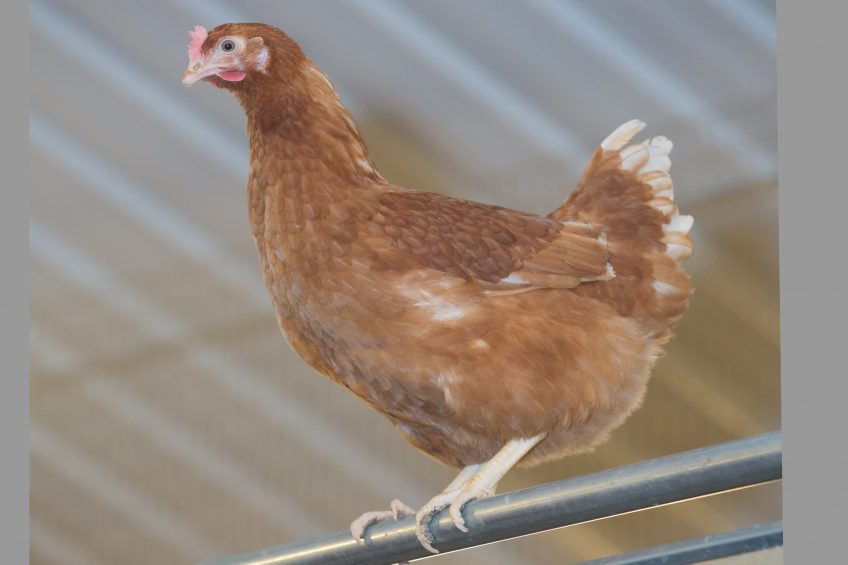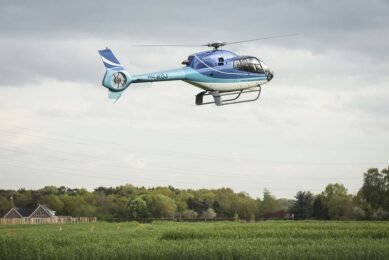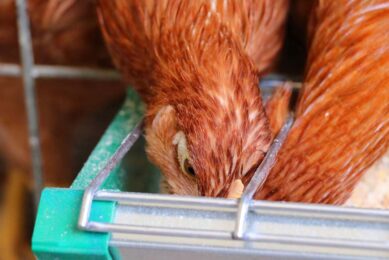RSPCA slammed for pushing ahead with perch rule

Poultry industry leaders have criticised the RSPCA’s decision to press ahead with the implementation of aerial perching on its Assured free range egg units.
In a strongly worded rebuttal to the proposals, the British Free Range Egg Producers Association (Bfrepa) said the charity needed to put bird welfare first.
Welfare concerns
Members of the assurance scheme who have flat-deck systems have been told to install 8cm of perching per bird by August 2018.
Perching was one of a number of proposed changes tabled by Freedom Foods last July, but implementation was delayed after Bfrepa raised serious concerns about the lack of an adequate consultation process.
Robert Gooch, Bfrepa chief executive, said: “We are opposed to this requirement on a number of levels with hen welfare being our primary concern.
“The evidence we have seen from Bristol University shows that fitting large amounts of aerial perching can lead to an increase in keel bone damage to hens. It’s a welfare concern that we would expect any organisation – particularly the RSPCA – to recognise.
“At a practical level, this will cause huge difficulties for those retrofitting perches to sheds that weren’t designed for them and are likely to hamper daily management procedures.”
Tough market
A number of Bfrepa’s members had carried out voluntary trials to measure the impact of perching in commercial situations but had found that installing more than 6cm of perching per bird had no measurable benefit to the birds.
Between 30-40% of Bfrepa’s members – around 250 – are likely to be affected, said Mr Gooch. “Producers using flat deck systems are already competing in a tough market and are generally operating at a smaller scale compared to multi-tier producers.
“Ramping up additional costs and requirements on these producers is only going to add pressure to these businesses and dissuade them from investing in their futures,” he added.
RSPCA Assured said it had written to its members advising them of the revisions to the new standards for laying hens. The letter says that the requirements for flat-deck systems built or refurbished after August 2018 will now require a minimum of 8cm or raised perch, but preferably 15cm.
Possible welfare benefits
In a letter to producers, Mia Fernyhough, the RSPCA scientist responsible for the development of laying-hen standards, said that providing suitable raised perches can come with a range of welfare benefits.
“They can allow birds to rest and preen undisturbed, allow lower-ranking hens to escape aggressors, reduce bird density on the house floor and, of course, satisfy a strong natural instinct to seek an elevated roosting spot for resting at night.
“Research, as well as practical experience, has shown that the opportunity to perch can result in reduced frustration, reduced aggression, reduced injurious pecking and improved bone strength and body condition – all of which are desirable attributes for any producer.”
Decrease injury risks
However, in her blog Ms Fernyhough admitted that providing suitable raised perches came with challenges: “Hens must be able to perch without risking injury. While laying hens naturally want to use raised perches they can find them difficult to navigate, for example, if they are badly designed, poorly positioned within the house, or if the birds have not been given perches from a young age.”
She added that the new RSPCA welfare standards therefore included a number of requirements to help ensure perches were correctly installed: “For example, we know that shorter jumps between perches increase the rate of “successful” landings, so our standards limit the maximum distance between them. We also know that steeper angle make it more difficult for hens to move between perches, so the standards don’t permit angles between perches to be greater than 45 degrees.”
Keel bone damage
Commenting on the keel bone damage issue, she said a more holistic and longer term approach needed to be taken, which took into account rearing, nutrition, genetics and house design.
The letter added that the requirement to send birds to an RSPCA Assured abattoir would come into force on 1 January 2019 and a new Controlled Atmosphere Systems section to allow the use of carbon dioxide only gas killing systems will also be introduced.
Join 31,000+ subscribers
Subscribe to our newsletter to stay updated about all the need-to-know content in the poultry sector, three times a week. Beheer
Beheer








 WP Admin
WP Admin  Bewerk bericht
Bewerk bericht